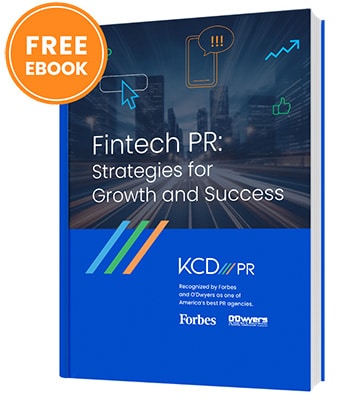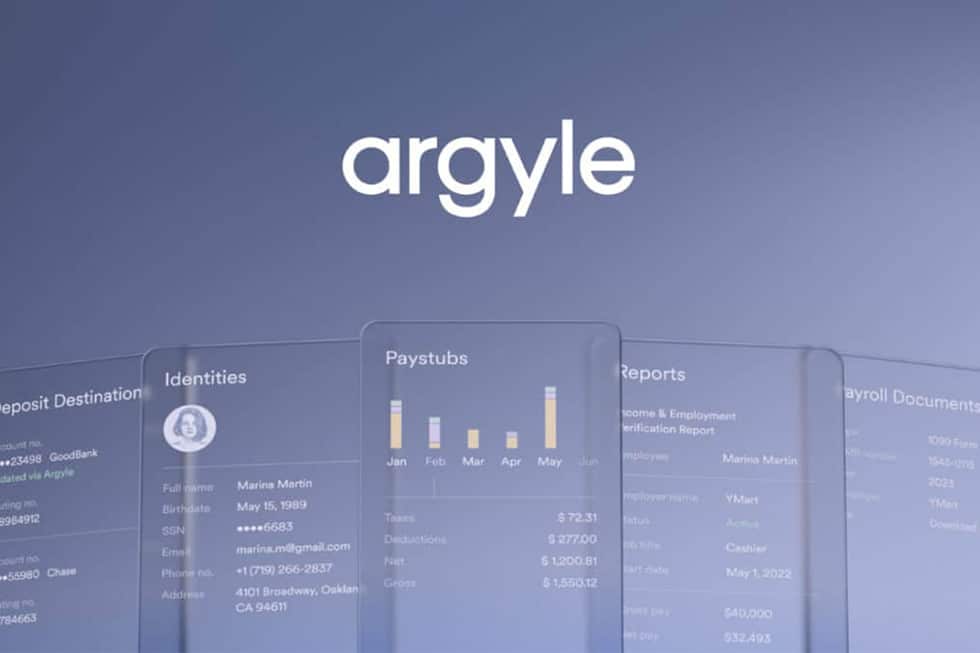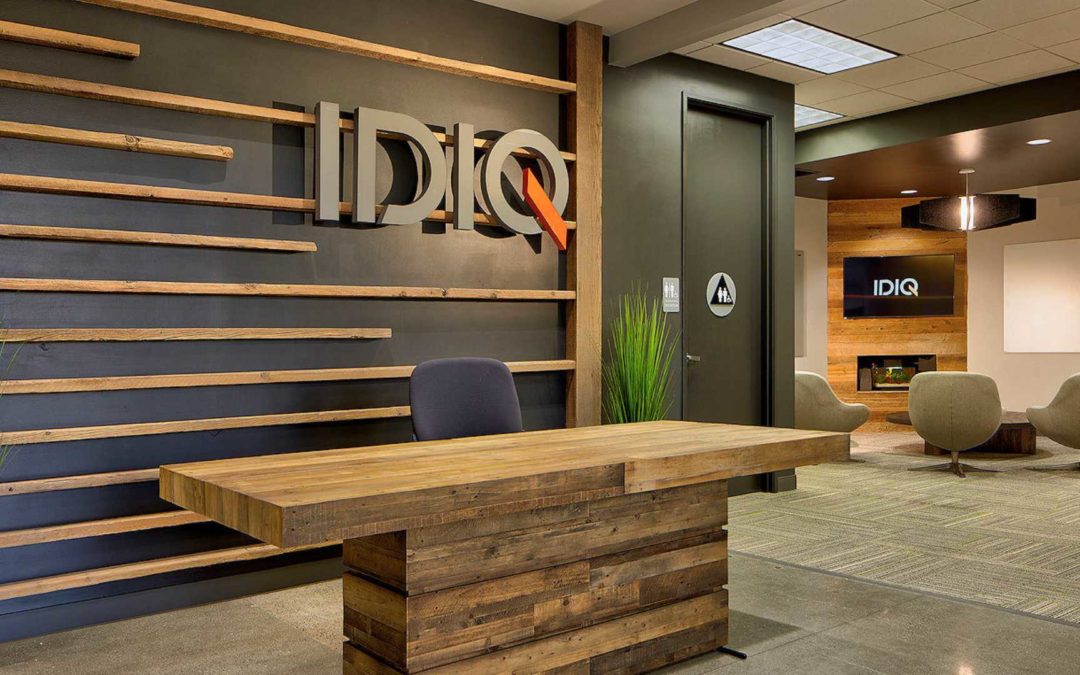This post was also published on FinTECHTalents
The increase of brand awareness and engagement on social media usage for the better part of a decade has created two types of content architects—the individual creator and the corporation.
The individual creator is generally self-employed, operating a small business and managing social media engagement to monetize the brand. On the other hand, big tech platforms provide the tools to facilitate and boost the individual’s content. However, more content creators are now looking to branch outside of these platforms, searching for alternative ways to capitalize on their brand without the corporate middleman. One solution? Embedded finance ecosystems.
Embedded finance is a key path for creator platforms to differentiate and win customers. Introducing embedded finance platforms to the creator economy allows companies to expand their revenue without upselling their products, all the while driving new customers to their brand.
Embedded Payments
For example, payments are already an integral part of creator platforms. Rather than spending time constantly chasing payments with a corporate partner, creator-first apps allow these individuals to bring home a bigger slice of the revenue pie, and offer a speedier payment process, too. One notable app that is utilizing embedded finance to revolutionize the payments space for creators is Ko-fi, a product that allows creators to receive small tips from fans who support their content. Creators can form a Ko-fi profile and share their Ko-fi link or button from their page or site. From there, supporters can leave tips that go directly to the creator. Outside of the revenue gained from products or services, embedded payments platforms like Ko-fi expand a creator’s growth potential.
Another noticeable issue in the creator economy, and especially for creators with large businesses, are workflow problems with management or agency partners. Not only are creators considering the platform they work on when it comes to revenue—they’re also concerned with the management or agency middlemen who are getting paid before them. Without a creator-first platform, individuals are among the last to see their remaining profit. Additionally, this could also cause for payment delays with their own workers, due to a lagging pay cycle between all entities.
Similarly, smaller creators who work directly with brands will normally go long periods of time before their payment is fully processed. For most brands, payment is not initiated until the service is complete. In these cases, creators can go weeks to months before seeing a payment come through in the mail or even a current payment processing platform. This, in turn, threatens the creator’s business and overall livelihood.
Now, more and more platforms are being created to mitigate payments issues between creators, management/agencies, and corporations, and instead, streamline the various processes that comes with handling cash-flow. MONET is another example of an embedded finance service streamlining the payments and lending process. The platform was intentionally built for creator businesses who may be overwhelmed by cash-flow and multi-stream income. With this platform, creators can streamline brand deals and platform earnings all in one tool.
The feature is also powered by Weavr, an embedded finance provider who offers Plug and Play Finance solutions that allow users to access their bank accounts and manage payments within the MONET app. Additionally, the app pays creators upfront on any brand deals or platform earnings. Embedded finance features like these are set to be the connection between creator platforms and financial technology in the future.
Embedded Lending
Embedded lending platforms are also receiving more exposure in the creator space, albeit being a newer topic for most businesses. For small-to-medium sized businesses (SMBs), embedded lending offers creators the ability to borrow capital without needing to rely on high-cost third parties, such as banks, credit unions, or other financial institutions (FIs).
Let’s say a creator, who uses a software-as-a-service (SaaS) platform to manage billing services, growth cycle, etc., is looking to grow their business trajectory but does not want to go through the process of taking out a pricey loan. Instead, embedded lending allows the creator to access capital within the SaaS platform they currently use, streamlining the lending process and giving the borrower a higher chance of being approved, as the creator already works with the SaaS partner.
Embedded Insurance
Creator businesses are like all other businesses—they need insurance, too. Rather than outsourcing an insurance plan or provider, embedded finance solutions can provide insurance as a native offering within the platform or marketplace. This allows creators the flexibility of having multiple offerings in one platform, rather than complicating the process of finding an insurance plan that caters to their small business and then working with a completely different provider. Additionally, the partnership between the SaaS company and the embedded insurance provider allows ease of mind for creators who may not understand how to navigate the insurance market.
Embedded finance is still in its growing phase, especially in the creator space, with overall growth in the market predicted to more than double by 2026. But, as the creator economy sprouts in the near future, it’s no doubt that embedded payment, lending, and insurance platforms will be the driver of this new and upcoming ecosystem.






